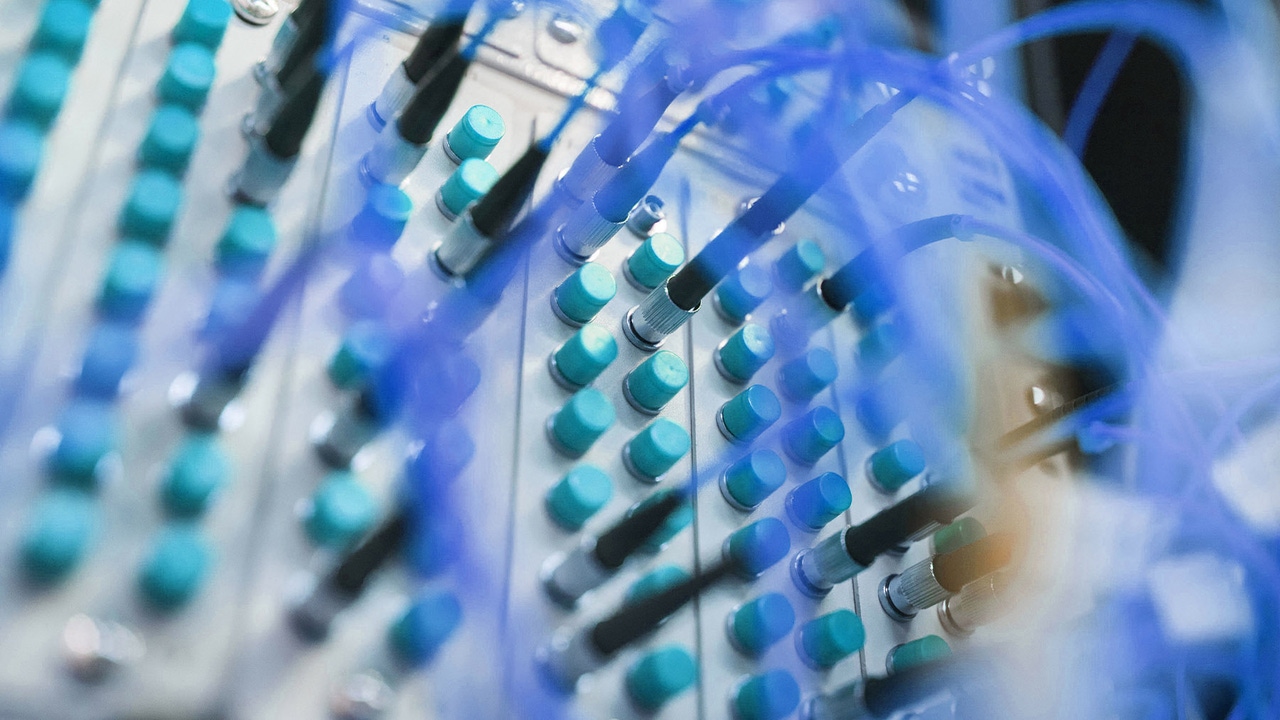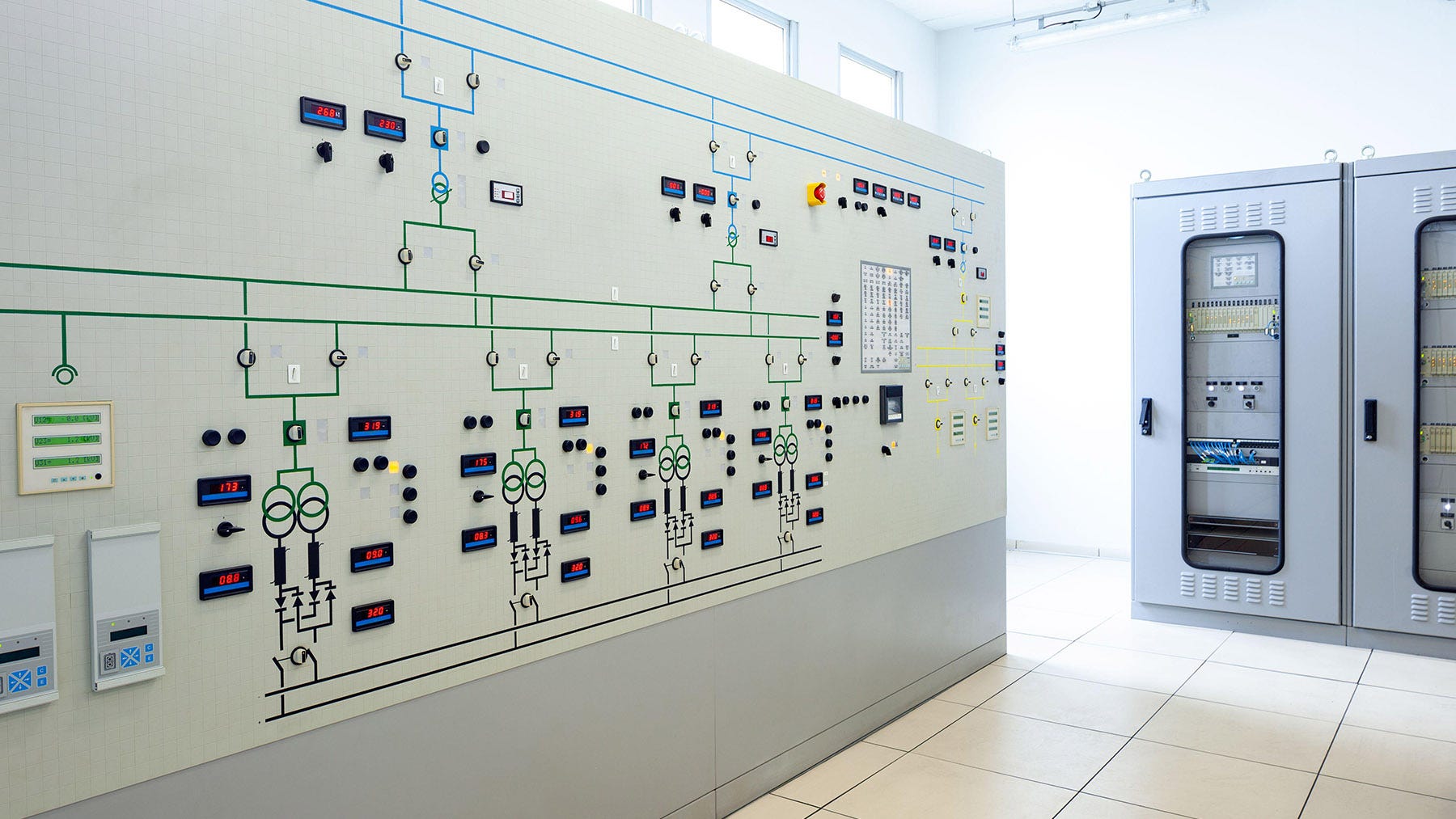Switchboards vs. Switchgears: What’s Best for Data Centers?Switchboards vs. Switchgears: What’s Best for Data Centers?
Discover the key differences between switchboards and switchgears in data centers to ensure optimal power management and infrastructure.

In discussions of data center power management, the terms ‘switchboard’ and ‘switchgear’ are sometimes used interchangeably. Yet as most data center engineers would tell you, switchboards and switchgears are actually distinct types of equipment that address different needs.
Understanding the difference is critical for building the right electrical infrastructure for your data center. Read on as we break down the similarities and differences between switchboards and switchgears – and offer guidance on which to use and when.
What is a Data Center Switchboard?
In the context of power management, a switchboard is a device that accepts electrical power from a source and distributes it to multiple destinations. There are also telephone switchboards, which manage connections on analog phone networks, but these are distinct from switchboards in data centers.
Data center switchboards are similar to the circuit breaker boxes or electrical panels typically installed in homes, which also distribute incoming power across multiple circuits (although circuit breakers provide functionality that is more akin to that of switchgear because they protect against excess voltage in addition to distributing power). In data centers, however, switchboards typically handle higher voltages and can accommodate a larger number of connections than residential electrical panels.

In modern data centers, switchboards distribute power, and switchgear manages and controls power (Image: Alamy)
What is Data Center Switchgear?
Switchgear is any type of electrical device designed to control the flow of electricity, isolate equipment, and protect against excess voltage.
Switchgear typically uses circuit breakers, fuses, transformers, and similar equipment that makes it possible to detect problems in the flow of power and take measures to turn the power off in response. For instance, if a server were to pull more power than its circuit is designed to handle, switchgear could disrupt the flow of energy to the circuit.
The ability to control electrical current and protect against excess current flow is important because excess voltage can quickly damage electrical infrastructure and IT equipment. This makes switchgear useful for managing two key risks:
Having too much energy flow into your data center because of problems within the infrastructure that supplies electricity and having IT equipment.
HVAC systems or other resources using more power than they are designed to handle, which can cause harm to the equipment even if the system is capable of supplying the power requested.

Perspective from an industrial switchgear room (Image: Alamy)
Switchboards vs. Switchgear in Data Centers
The main difference between switchboards and switchgear in modern data centers is that switchboards simply distribute power, whereas switchgear manages and controls power.
In addition, switchgear can usually handle a wider range of power input and output – including the ability to manage power flows at low voltages, which are important when working with certain types of IT equipment that requires low voltage and that has limited, or no, ability to transform incoming loads on their own.
This means that switchgear is more powerful than a switchboard. It offers a broader range of capabilities that extend beyond merely taking power input and distributing it to various destinations. As a result, most data centers need switchgear equipment, not just switchboards.
Read more of the latest data center hardware news
That said, in some situations, a switchboard may suffice. Small-form or edge data centers that don’t consume significant energy – or that have just a handful of circuits – may not need the advanced capabilities that switchgear provides.
Alternatively, data center operators may decide that the risk of damaging equipment due to lack of power protection is lower than the cost of installing switchgear, which is typically more expensive than switchboards.
Note, too, that there is something of a gray area between switchboards and switchgear (despite what some electrical equipment manufacturers will tell you). A basic switchboard fitted with circuit breakers provides some of the capabilities of switchgear because the circuit breakers can detect significant excess voltage and shut down connections automatically.
That said, this type of setup is not as sophisticated as that of true switchgear, which provides fine-grained control over power flow and can provide protection in situations (like those involving low voltage or small-scale changes in current) that basic circuit breakers, whose electrical flow monitoring capabilities are blunter, would not be able to handle.
When, and When Not, to Use Switchgear
The bottom line: Most data centers require switchgear, but there are exceptions. Before committing to expensive electrical infrastructure, research the power management needs of your data center and IT equipment and select the type of solution that best aligns with your priorities.
About the Author
You May Also Like









